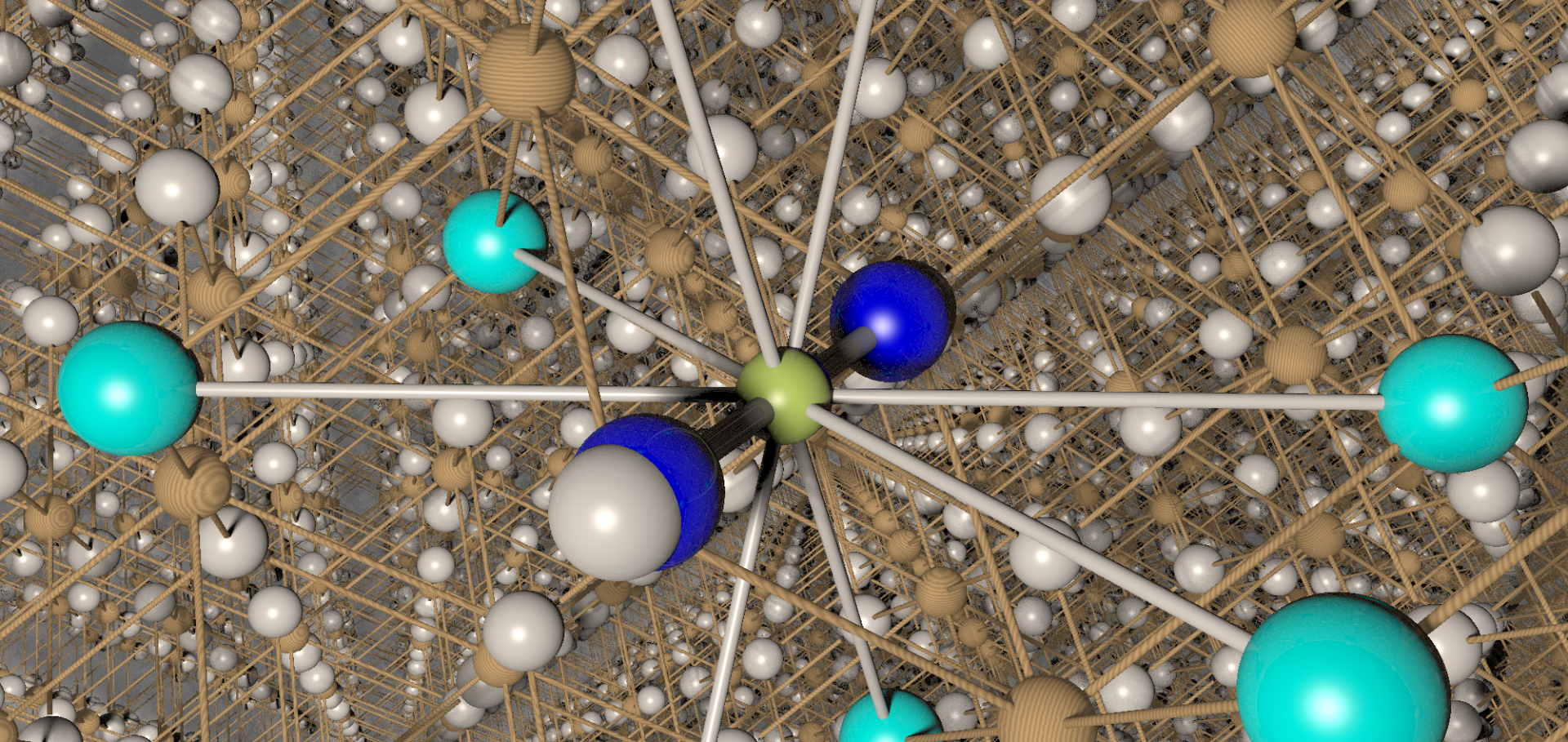Angle-dependent magnetoresistance in organic metals
Journal de Physique I 6:12 (1996) 1837-1847
Abstract:
Recent experimental studies of the angle-dependent magnetoresistance in various organic metals have been remarkably successful in elucidating the nature of the low-temperature ground state and providing information about the Fermi surface shape which is hard or impossible to obtain using other techniques. We review various theoretical approaches to describe angle-dependent magnetoresistance and a number of important experimental results which have been obtained. ©Les Éditions de Physique 1996.Magnetism in the nitronyl nitroxide isomers 1-NAPNN and 2-NAPNN studied by μ+SR
Journal of Physics Condensed Matter 8:1 (1996)
Abstract:
We report the results of muon-spin-rotation/relaxation (μ+SR) experiments on two recently discovered nitronyl nitroxides, 1- and 2-naphthyl nitronyl nitroxide (1-NAPNN and 2-NAPNN). These two compounds are chemical isomers but, because of their slightly different molecular shapes, they have quite different crystal packing. A clear magnetic transition in the zero-field muon-spin relaxation is observed in 1-NAPNN below 100 mK while no such transition is seen in 2-NAPNN. These results support the postulate that the crystal structure strongly influences the nature of the magnetic ground states in these materials.Magneto-optical studies of magnetic defects in CeNiSn
PHYSICA B 216:3-4 (1996) 333-335
Abstract:
Millimetre wave magnetotransmission measurements are used to provide the first clear evidence for magnetic defects in CeNiSn. At least two defect configurations are observed, both probably involving Ce3+ ions.Magnetic-field dependent Fermi surfaces in quasi-2D organic conductors
SURF SCI 362:1-3 (1996) 894-900
Abstract:
We review recent studies of charge-transfer salts of the ion bis(ethylenedithio)tetrathiafulvalene which exhibit spin-density wave ground states, concentrating on techniques involving high magnetic fields and experiments carried out by the oxford group and coworkers.Muon-spin-relaxation studies of magnetic order in heavily doped La2-xSrxNiO4+delta
PHYSICAL REVIEW B 53:22 (1996) 14725-14728


